April 18, 2025 | 18:50 GMT +7
April 18, 2025 | 18:50 GMT +7
Hotline: 0913.378.918
April 18, 2025 | 18:50 GMT +7
Hotline: 0913.378.918
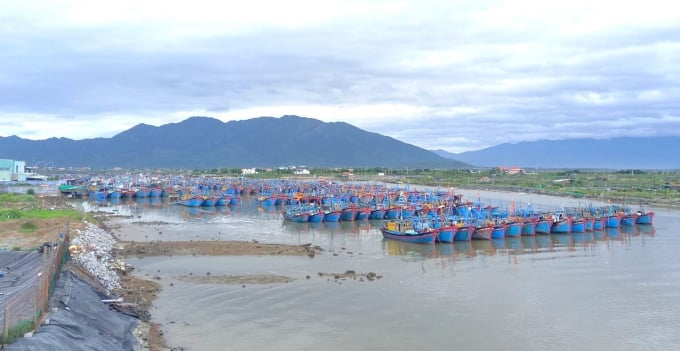
Ninh Hai storm shelter is designed only for ships with a small capacity to anchor. Photo: KS.
Since Ninh Hai storm shelter came into operation at fishing ports in Khanh Hoa province, it has received many fishing vessels to anchor, avoid storms and repair.
According to statistics, in the last five years, the number of fishing boats inside and outside the province has been anchored to avoid storms here at around 1,000.
However, Ninh Hai storm shelter is designed only for ships with a small capacity to anchor. Moreover, the mooring area has not been dredged in time, making it difficult for boats to get in and out and repair.
"For ships of great length, they must wait for high tide to bring them to the mooring area, to avoid the risk of unsafe waterways," said Le Hai Dung, director of the Center for Management and Exploitation of Ports. Khanh Hoa seafood program, share.
In Binh Dinh province, the locality has 3 fishing ports classified as class II: Quy Nhon Fishing Port (Quy Nhon City), De Gi Fishing Port (Phu Cat District), and Tam Quan Fishing Port (Hoai Nhon Town).
The fishing mentioned above ports has been invested and built quite methodically. But currently, the area of the port and the mooring area is still overloaded because the area is not enough to accommodate the boats of local fishermen, especially not meeting the requirements by the European Commission to anti-illegal, unreported, and unregulated ('anti-IUU') fishing.
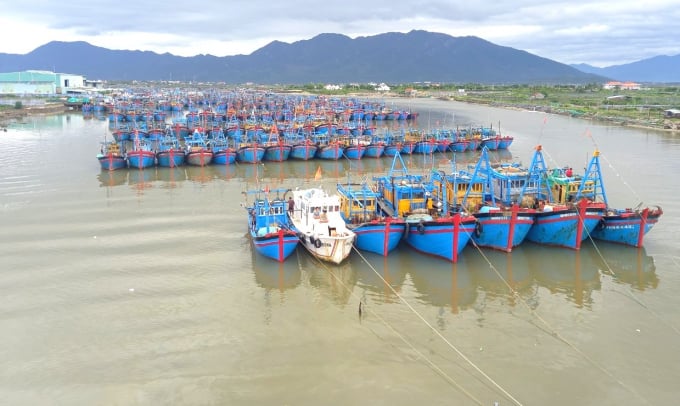
Ninh Hai storm shelter anchorage area (Ninh Hoa town, Khanh Hoa province). Photo: KS.
According to Mr. Tran Van Phuc, Director of Binh Dinh Department of Agriculture and Rural Development, in the rainy season, Tam Quan anchorage area (Hoai Nhon town) has an area of 60 hectares, with a maximum capacity of 1000-1200 ships. But the number of vessels of Hoai Nhon fishermen alone has reached 2,500 boats. In addition, during the rainy and stormy months, the storm shelter area also receives about 250-300 ships of Phu My district (Binh Dinh) and Quang Ngai fishermen.
Dam De Gi anchorage area has an area of 1,580 hectares, receiving a maximum number of fishing boats of about 400. Meanwhile, De Gi fishing port has an area of 2.5 hectares but has to give up 1,885m2 to widen the southern road of the province. Currently, the Department of Agriculture and Rural Development is coordinating with the Department of Natural Resources and Environment to submit a report to the People's Committee of Binh Dinh Province to add 2,000m2 to De Gi fishing port to ensure the operating area.
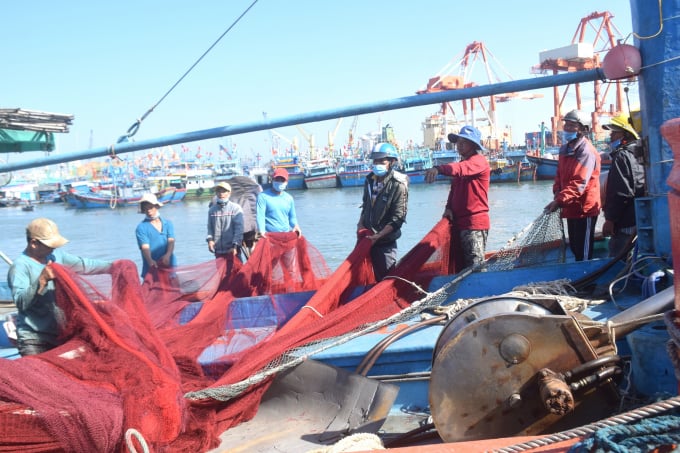
Quy Nhon fishing port is a grade-II fishing port with a system of certifying the origin of fishery products from fishing. Photo: VDT.
According to the plan, by 2020, Quang Nam province will have one grade-I fishing port, Tam Quang, and five grade-II fishing ports, including An Hoa fishing port, Cam Thanh fishing port, Cu Lao Cham island fishing port, Tam Ky fishing port, and Hong Trieu fishing port.
But so far, Quang Nam province has only invested in 2 out of 6 planned fishing ports. Accordingly, An Hoa fishing port (Tam Giang commune, Nui Thanh district) is a grade-II fishing port, put into use in March 2012 with an annual output of 16,000 tonnes of seafood through the port.
As for Tam Quang fishing port (Tam Quang commune, Nui Thanh district), according to the plan to be a grade-I fishing port. However, this port has only met the standard of a grade-II fishing port, with a scale of 120 ships per day, seafood output through the port 16,000 tonnes per year.
Meanwhile, according to the latest statistics, Quang Nam province has 2,787 fishing boats. Of which, 722 fishing vessels operating in the high seas with a length of 15 meters or more; fishing boats from 12-15 meters in length) are 727; Coastal fishing vessels with a length of 6-12 meters are 1,338.
Thus, the newly invested fishing ports can only partially meet the number of fishing vessels docked by fishermen in the southern districts of the province, such as Nui Thanh and Tam Ky.
For fishing vessels of fishermen in the northern districts such as Duy Xuyen, Thang Binh, Dien Ban Town, and Hoi An city, there are currently no fishing ports eligible for fishing vessels to dock.
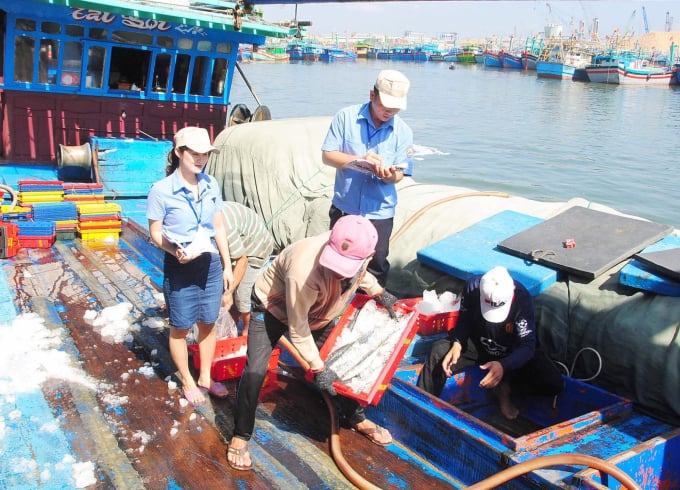
As in Binh Dinh province, the management board of this province's fishing port has only 46 people but has to manage Quy Nhon, De Gi, Tan Phung, and Nhon Ly fishing ports, so the monitoring of seafood production is affected seriously. Photo: VDT.
Quang Ngai province is also in a similar situation. Currently, fishing ports in the area can only accommodate 1,750 boats and ships, only meeting one-third of the number of fishing boats in the province.
"Many fishermen's boats are often anchored along riverbanks, private fishing piers, or fishing ports outside the province, so they can't be controlled. Each year, the seafood output through the ports is only about 1/10 compared to the fishing output of the whole province," said Mr. Nguyen Thanh Hien, Deputy Director of the Management Board of Fishing Ports in Quang Ngai province.
The most significant difficulty at the fishing ports in the Central region is the human resources to inspect and monitor fishing vessel landings according to the EC's regulations in the situation that hundreds of fishing vessels dock at the port every day. If the supervision is accurate, the certification of seafood origin by the Sub-Department of Fisheries will be guaranteed.
As in Binh Dinh province, the management board of this province's fishing port has only 46 people but has to manage Quy Nhon, De Gi, Tan Phung, and Nhon Ly fishing ports, so the monitoring of seafood production is affected seriously.
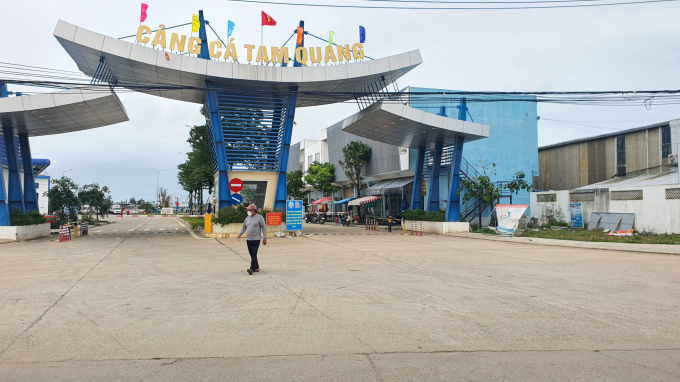
Tam Quang fishing port is planned to be a grade-I fishing port but only meets the standard of a grade-II fishing port in February. Photo: KS.
According to Mr. Dao Xuan Thien, Director of Binh Dinh Fishing Port Management Board, to implement urgent tasks and solutions to overcome the EC's warning on anti-IUU fishing and enforce the 2017 Fisheries Law from 2018 to 2018. Currently, the unit has organized the control of ships entering and leaving the port, monitoring seafood output, and confirming the origin of seafood from fishing at Quy Nhon and De Gi ports.
In 2021, Fishing Port Management Board was supported by the Department of Agriculture and Rural Development of Binh Dinh province with VND 136 million to pay salaries for employees performing anti-IUU fishing tasks at Quy Nhon and De Gi fishing ports.
"According to the requirements of anti-IUU fishing and overcoming the EC's yellow cards, the unit must arrange more staff to perform 2 new tasks: Control and management of fishing vessel journeys at sea, and control the output of aquatic products from fishing for raw material certification.
In 2021, the salary costs for employees performing the two aforementioned tasks reached more than VND 900 million. Compared to other revenue sources, we were short of nearly VND 600 million, so we had to advance from other funds to pay for these activities", said Mr. Dao Xuan Thien, Director of Fishing Port Management Board in Binh Dinh province.
Translated by Ha Phuc

(VAN) During the working session with Deputy Minister Le Cong Thanh, Professor Francesco Corvaro, Italian Climate Change Envoy, reaffirmed Italy's commitment to supporting Vietnam in climate change response.
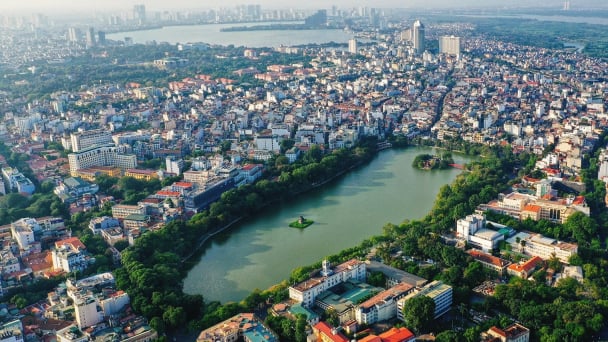
(VAN) After the merger, key leadership personnel of the provinces must consult with the General Secretary, key leaders, and the Standing Secretariat.
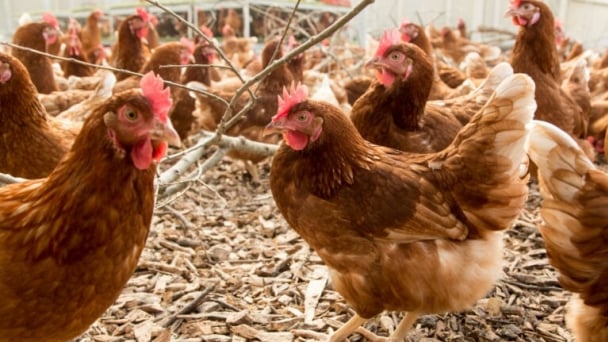
(VAN) The latest Business Benchmark on Farm Animal Welfare (BBFAW) reveals steady progress on farm animal welfare across the global food industry.

(VAN) Green credit is a financial policy that effectively supports environmentally friendly projects and activities today.
/2025/04/09/1049-2-165919_630.jpg)
(VAN) With a revenue of less than VND 30 billion/year, packaging producers are exempted from EPR liability under Decree No. 05/2025 newly issued.
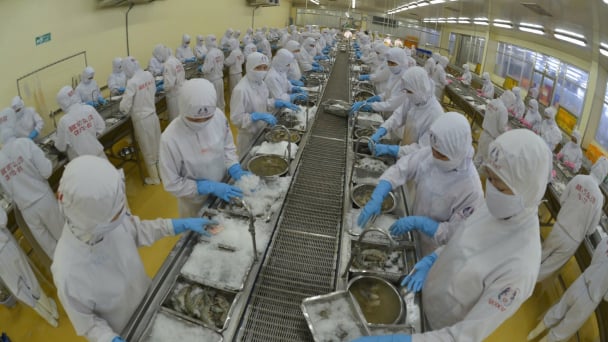
(VAN) Ministry of Agriculture and Environment has issued an Action Plan for sector's development in the coming period, aiming for a growth rate of 4% or higher and an export turnover of USD 65 billion.
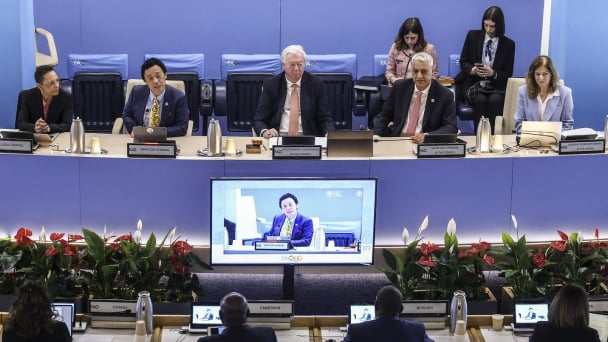
(VAN) The 177th Session of the FAO Council opened on Monday at the Organization’s headquarters in Rome.